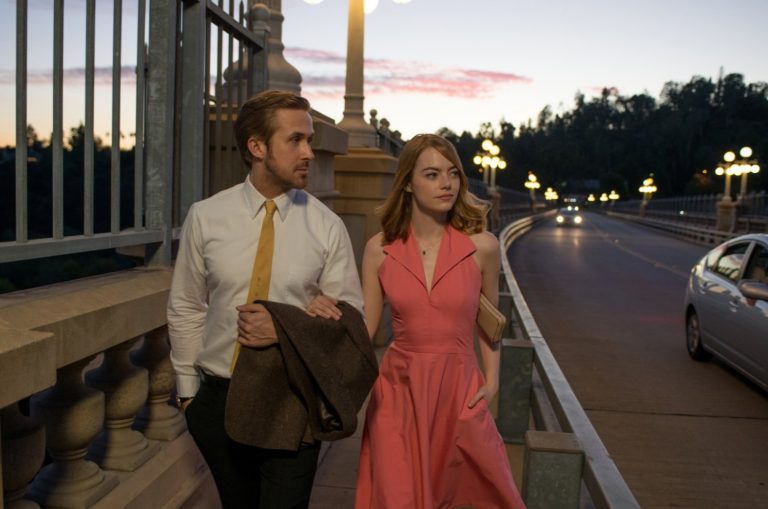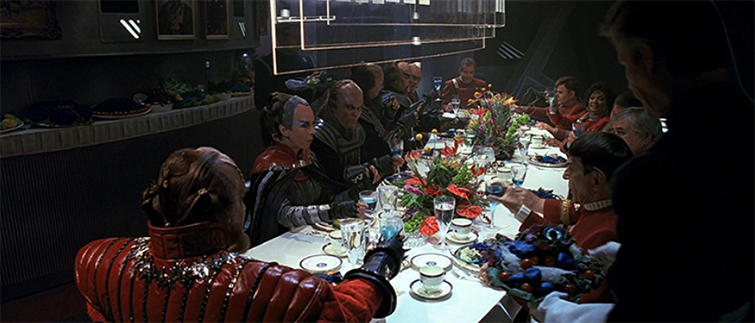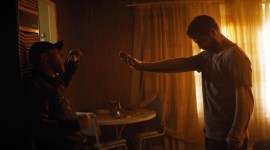
The Indie Filmmaker’s Guide to Low- or No-Budget Location Scouting
So you’re making a film, and there’s no budget for location scouting and management. No problem — here’s how you handle it yourself.
You’ve got your script, your cast and crew is lined up, and all your gear is in order. But where are you going to shoot your film? Location scouting and management can be a daunting task, and it’s usually something that independent filmmakers don’t have budgets for.
For low- to no-budget filming, the director or producer will have to take on this responsibility themselves. So here’s what you need to know.
Keep It Close
You’re producing a low-budget feature. The script breakdown calls for twenty locations. Where do you start? According to location manager Aaron Holloway, LMGI, “When you look at a script, focus solely on the main locations; don’t get caught up on all the secondary locations. Find the most important location, then find all the other smaller bits within 10 to 15 miles of it.”
To save time and money during production, you want as many — if not all — of your locations to be within 10 to 15 miles. “If you have stuff all over the map, you’re not gonna make your days!” advises Holloway. Time management is critical on set, and if you have to take half the day for a company move to drive across the city when you could have just driven down the street you’ll set yourself up for failure. The closer together your locations are, the better.
Know Where NOT to Look
If you have a large crew and lots of actors, it honestly may be more difficult to secure certain locations, especially if you don’t have a budget to pay for permits and lockdowns. While location scouting, you may come across certain locations that would be perfect for the scene: the set dressing is spot on, and it matches the period of the film — it’s an ideal location! However, if you know that you can’t fit your crew inside the building, or if all the gear vans and crew parking would cause road blockage or dangerous fire hazards, you may have to move on and compromise with a different location.
Filmmaker Zach Ramelan talks about his experience with guerrilla location scouting in this video tutorial.
Take a Lot of Photos
When you do come across a location that just might work for your crew size, budget, etc., be sure to take a lot of photos! Take the highest resolution you can, get every angle. Capture the small details and don’t just shoot one way! Even if the camera is only going to face one direction take pictures of the reverse. Go outside and take pictures. Walk around the neighborhood, and snap some photos. Cover everything in, around, and nearby.
This gives your director and production designer (or yourself) ample coverage of the location to plan direction and set dressing — or where to stage equipment or set up hair, makeup, crafty, etc. Plus, areas outside the intended location may be suitable for another setting in the film, which could save the production time and knock out multiple scenes at once.
For more on location scouting, check out our interview with supervising location manager Robert Foulkes.

Image via Summit Entertainment.
Power Sources and Audio
Look around for electrical outlets. How many are there, and how far apart are they? It may help to sketch out a map of the location and note the outlets. Be sure to test them, too. It’d be a shame to show up on set and find out that none of the outlets actually work.
Also test for sound. If you can, bring a microphone and do some sample recordings, testing for echoes and how sound reverberates in the space, or how intrusive the nearby roads really are.
Securing the Location
Once you and your director decide on your locations, you’ll have to go back out and secure them. Be kind, be humble, but don’t take “no” for an answer! Here’s Holloway’s advice:
If a gas station says ‘no,’ return six hours later. Keep running up the channels, talk to all the managers if you have to. Show them how passionate you are about it and how perfect it is for the project.
Remember, you need to keep a cool head and be likable, not taking “no” for an answer doesn’t mean being a jerk and throwing your weight around.
It’s kinda like a game of poker. When you find the perfect location, you don’t want to play your hands wrong. You have to find a way to break through to them as people, and show that you’re a person too. You’re not trying to exploit them. You have to find a way to show that you really love and care for their location and you’re just trying to make art.
Take a few classes on sales, body language, and rapport, if you have to, but work your way up the channels and get that location locked. Consult with your local film commission about acquiring the proper location release forms to get it in writing and to make sure you don’t get caught up in any legal problems, should confusion or trouble arise with the owner of the property.
Don’t Burn Your Locations
When you’re finished shooting, the location should look as though you’ve never been there. Document how the location looks before your crew sets up, and be sure it looks the same when you leave. Take extra precautions not to damage or stain the floors, and avoid putting holes in walls or breaking the decor or furniture. Obviously this will help prevent you from paying for repairs, but ultimately you want to make sure you stay in the good graces of the property owner. (If you ruin their property, you’ll never be able to shoot there again.) As you make more and more projects, you’ll want to develop a catalog of locations that you can rely on.
Lights, Camera, Action!

Image via Star Trek VI: The Undiscovered Country (Paramount).
There’s so much more to location scouting and managing (as with any department in film), but this will get you started finding and securing locations for your next project. And as with every aspect of filmmaking, get creative! Depending on how you shoot and dress the set, you could change a location’s look entirely. Be creative, and use some movie magic to pull off your best work.
Cover image via zlikovec.
Looking for more film and video production tips? Check these out.
- How to Cut an Effective Trailer for Your Next Film or Video
- How to Overcome the 5 Biggest Obstacles in Writing Your Screenplay
- Every Stressed Out Cinematographers Best Friend: The Pre-Light
- What We Can Learn from Editing with the Coen Brothers
- How to Create a Harry Potter-Inspired Flashback in After Effects





